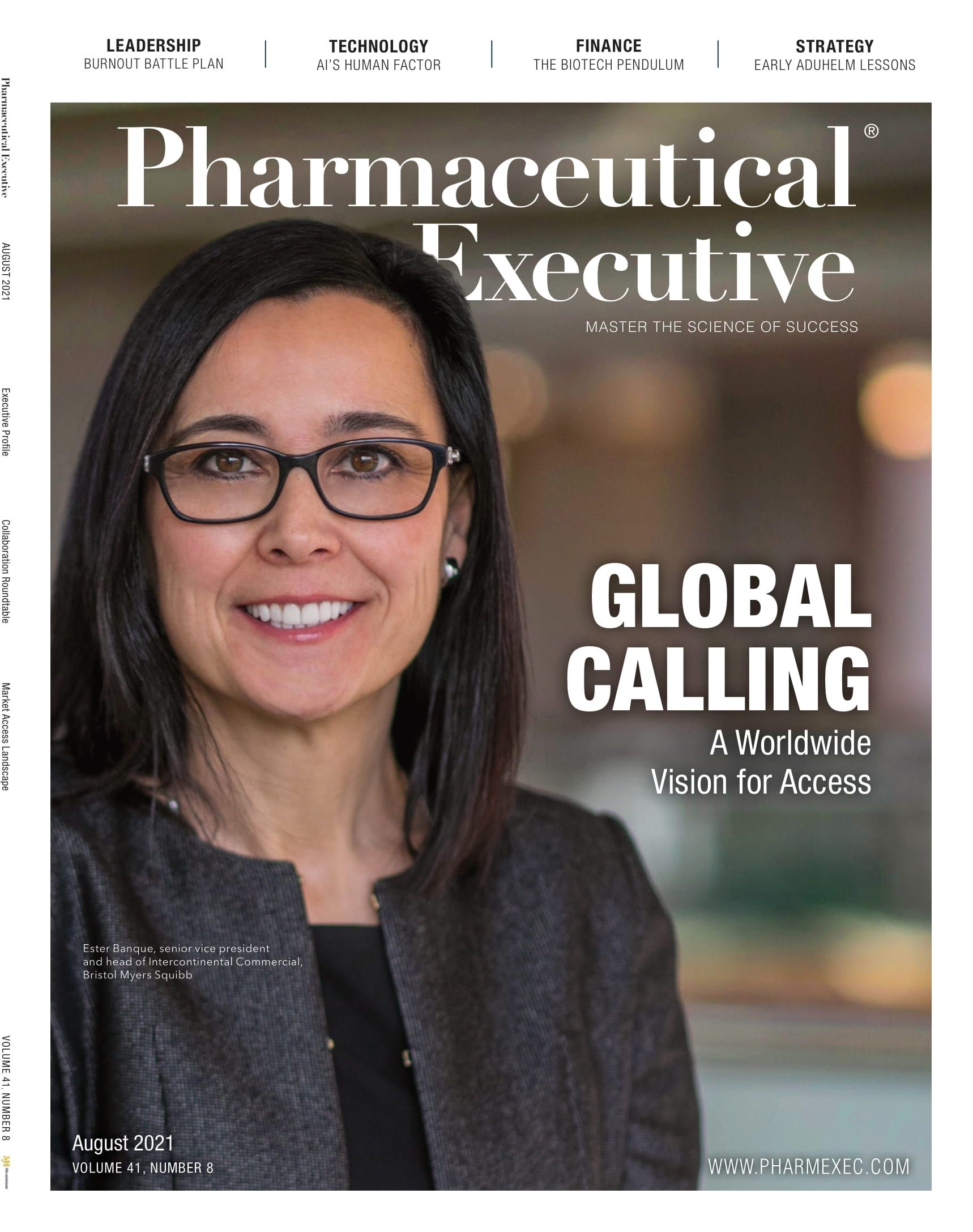Pandemic Heightens Concern Over Workplace Burnout
For leaders, shifting mindsets and altering dynamics can help.

It’s August, a month known for summer vacations and relaxing. Yet there are some people who find it near to impossible to unplug from work. With the pandemic adding new levels of stress over the past year, more and more people are finding themselves in situations that can lead to both mental and physical problems. According to Harvard Business Review, 89% of people have experienced a decrease in well-being this past year with over 62% feeling extremely burned out. As a result, it’s important for leaders to have a proactive plan to ward off burnout.
“During the COVID-19 pandemic…the intermingling of personal and work life limited our ability to disconnect and recover—one of the major influences on burnout,” says Chris Cozic, senior vice president, global human resources at Genmab. “The pandemic also heightened the need for pharma companies and the critical work their employees do. Having to perform at a higher level under new circumstances and in new work environments was a challenge.”
Pharma’s intrinsic mission to help people, which was magnified by the pandemic, has been an added push for many to put in extra hours for the greater good. Alyson DeMaso, founder of Raising Beauty, a company dedicated to personal and corporate well-being, says that people who feel morally obligated to their work are more likely to be led by their responsibilities versus their own personal needs, which often leads to mounting pressure and tons of overtime.
“The way one approaches work, stress, and conflict, paired with a work environment of ambiguity, lack of recognition, poor or harsh communication, and extreme output creates a toxicity that leaves people feeling disempowered,” she says. “This is the perfect breeding ground for anxiety, stress, and ultimately burnout.”
A recent survey from Deloitte shows that nearly 70% people don’t believe their employers are doing enough to prevent or alleviate burnout in their organization. While some companies don’t offer any support programs, those that do sometimes have trouble connecting with employees, as many don’t take advantage of resources for fear of being ostracized. To counter this, leaders need to set an example and reinforce the importance of employee health and wellness, and employees need to be empowered and committed as well. Otherwise, the effectiveness of corporate programs will always be limited. Instituting cultural and systemic changes to support employee well-being are a great starting point.
“Addressing burnout starts with developing conscious leaders, those who lead with empathy, intention, and joy,” says DeMaso. “Most leadership programs focus only on traditional subjects like execution, resilience, time-management, communication, and strategic thinking. It’s rare that wellness and leadership come together holistically. But leaders who develop their full self—mind, body, soul—can unleash a new level of success that creates a thriving workplace.”
Changing the workplace dynamic isn’t always easy, but DeMaso suggests taking some first steps that can have great impact. Leaders can begin delegating work according to people’s strengths, which can build motivation. They also should communicate how people’s work contributes to the final goal in order to create meaning. Expressing gratitude for the efforts the team makes also makes everyone feel seen. Meetings should be kept to a minimum and include only people who are directly involved; beginning them with a moment of mindfulness can also put the team at ease.
“Companies must shift mindsets, policies, and practices to put employees first,” says Cozic. “It starts with employee listening, and understanding what employees need and want. Then you must show up with action to ensure you have a workforce that is inspired, energized, and ready to innovate.”
Genmab demonstrates this by having monthly company shut-down days that have been met with overwhelmingly positive feedback. The company has also instituted “no-meeting Fridays,” which has allowed employees time to focus on deliverables, regroup, and recharge. A flexible work hour policy has also enabled employees to work 10% of their hours outside of core working hours.
A high level of interaction between leaders and employees has also been successful. Genmab’s CEO has sent biweekly video messages to employees, which have received over 90% viewership and have increased employee engagement, with employees regularly thanking the CEO and leadership team, via an open comment forum, for their strong, yet empathetic leadership.
“A vacation day, a yoga class, 15 minutes of meditation, or a date with the treadmill will not stop burnout,” says DeMaso. “Honest self-awareness, permission to live authentically, courage to change unapologetically, and a consistent well-being practice can stamp out burnout for good, however.”
Elaine Quilici is Pharm Exec’s Senior Editor. She can be reached at equilici@mjhlifesciences.com.
